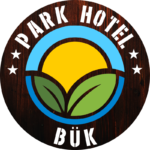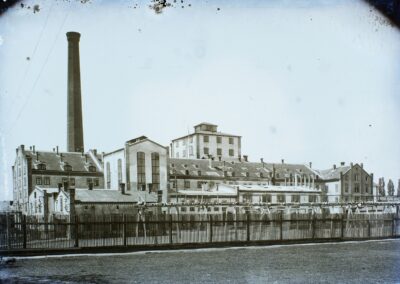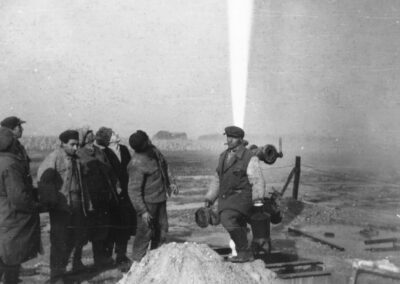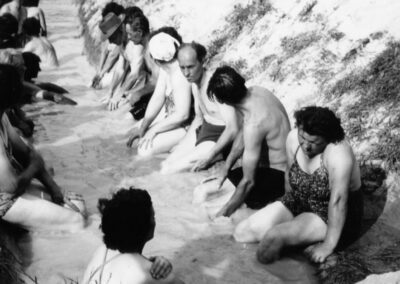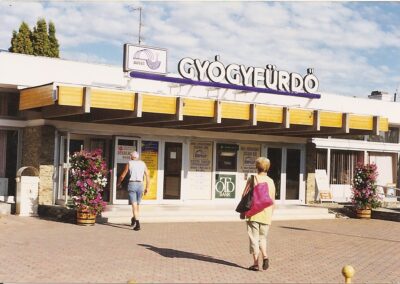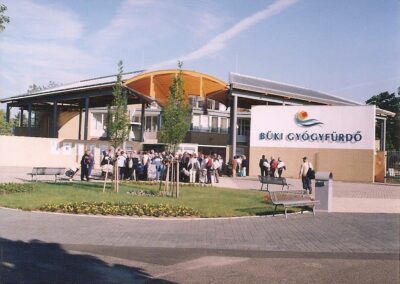Our beloved town: Bük
Bük’s timeline
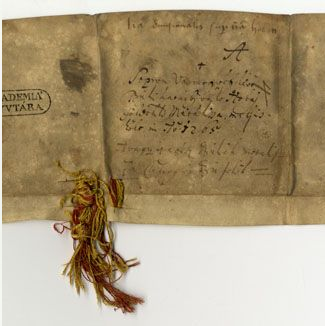
1265
FIRST REFERENCE OF BÜK
The first written reference of Bük was found in 2015 after long research.
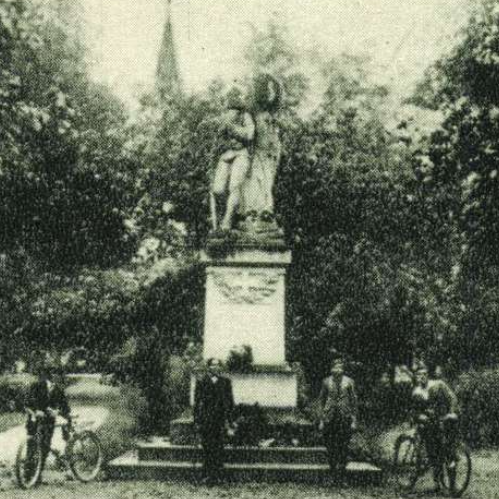
1408
ST. CLEMENT CATHOLIC PARISH CHURCH
A 13th century Romanesque church was rebuilt in Gothic style in 1408.
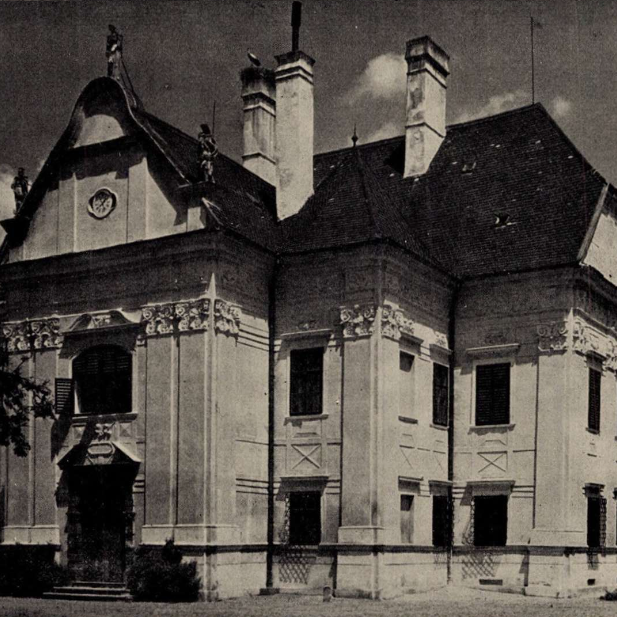
1696
SZAPÁRY MANSION
The Baroque style Szapáry Mansion was built by refurbishing a reinforced 16th century country house and became a symbol of the town.
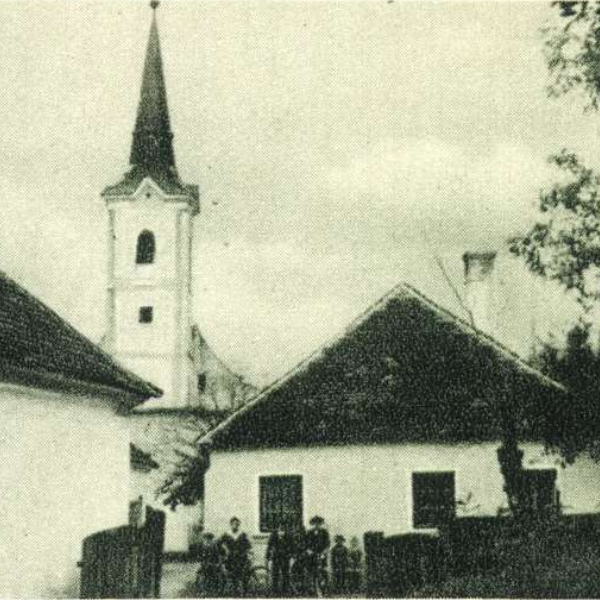
1785
LUTHERAN CHURCH
The Late Baroque Lutheran church was consecrated on the Advent of 1785, without a tower according to the rules of the time.
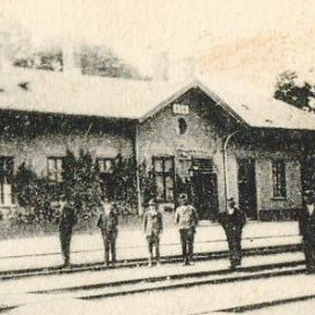
1865
THE NEW RAILWAY
The construction of the railway brought a huge change in the life of the settlement, and Bük was placed on a new development path.
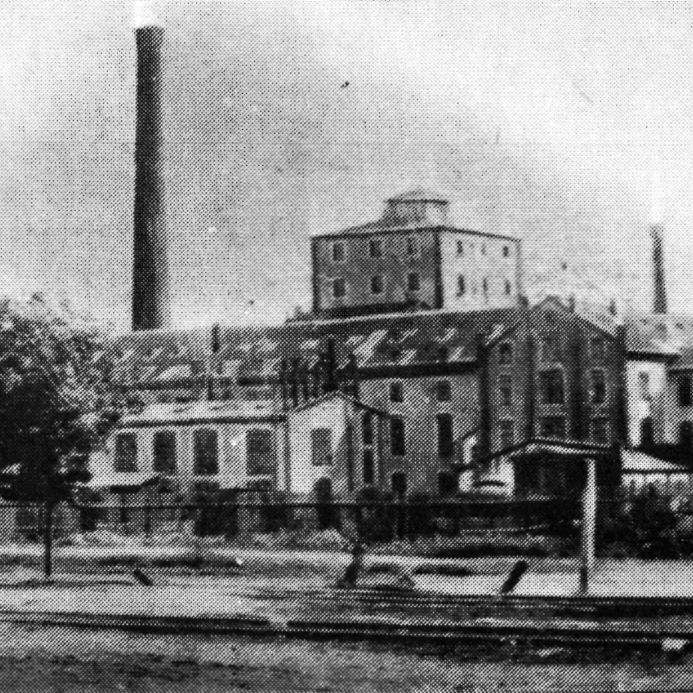
1867
SUGAR FACTORY
The new railway in the town contributed to the expansion of sugar beet cultivation. The sugar factory of Nagycenk opened its new unit in Bük in 1867.
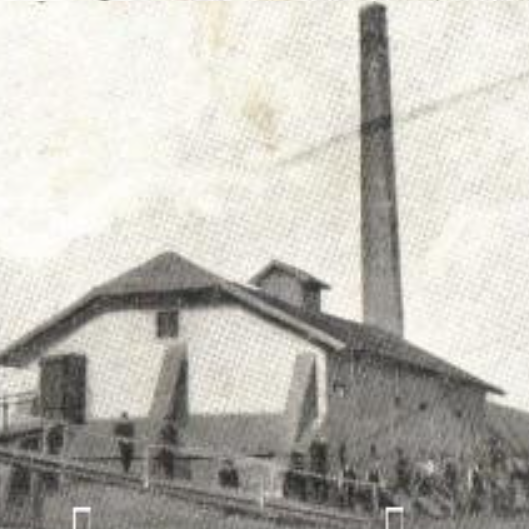
1896
BRICK FACTORY
The Feiglstock brothers founded their brick factory—operating until 1934—on the present football pitch with artificial grass.
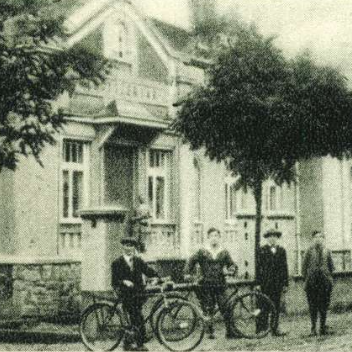
1931
PHARMACY
The village recommended the establishment of a pharmacy by a decree on 15 March 1913, but it was not actually completed until 1931.
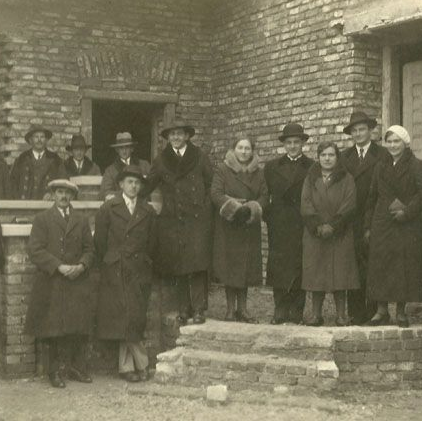
1932
LUTHERAN YOUTH CENTER
The Lutheran Youth Center was built and became the site of the local movie theater in 1950.
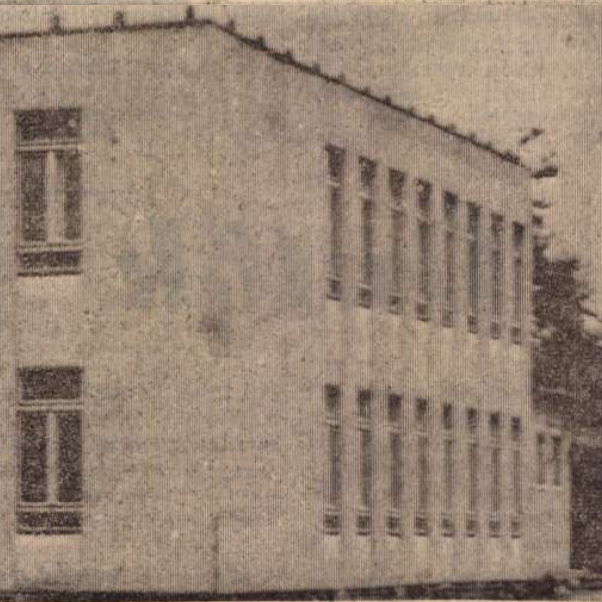
1965
COMMUNITY CENTER
At the cost of more than a half million euros, the village built a home for culture with its own resources, and it has been the venue for numerous performances ever since.
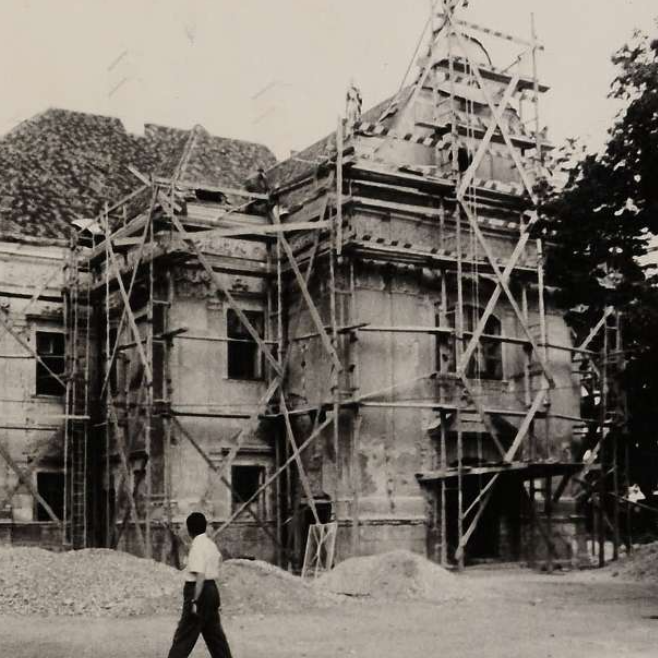
1967
REFURBISHING OF THE SZAPÁRY MANSION
The reconstruction of the Szapáry mansion began in the spirit of its future use for tourism.
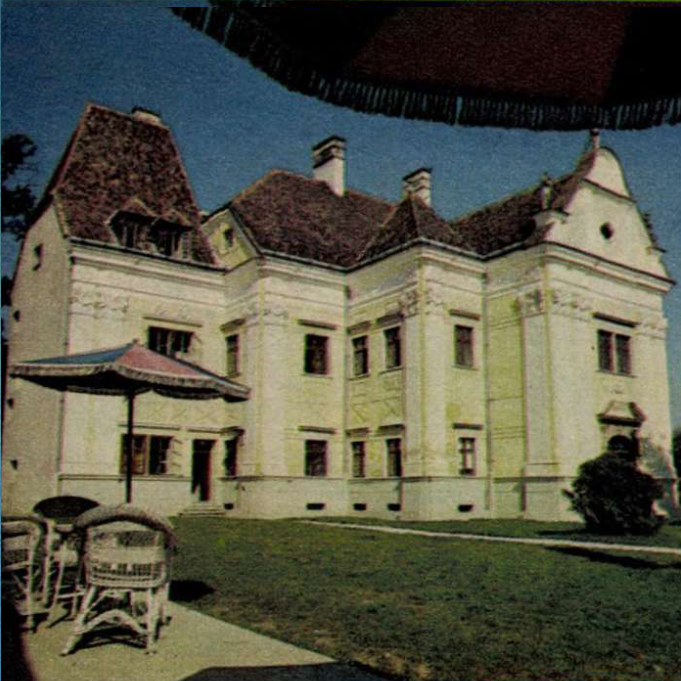
1972
HOTEL IN THE MANSION
Hungary’s first mansion hotel was opened in the Szapáry Mansion, with the staff dressed in authentic costumes welcoming guests arriving to heal.
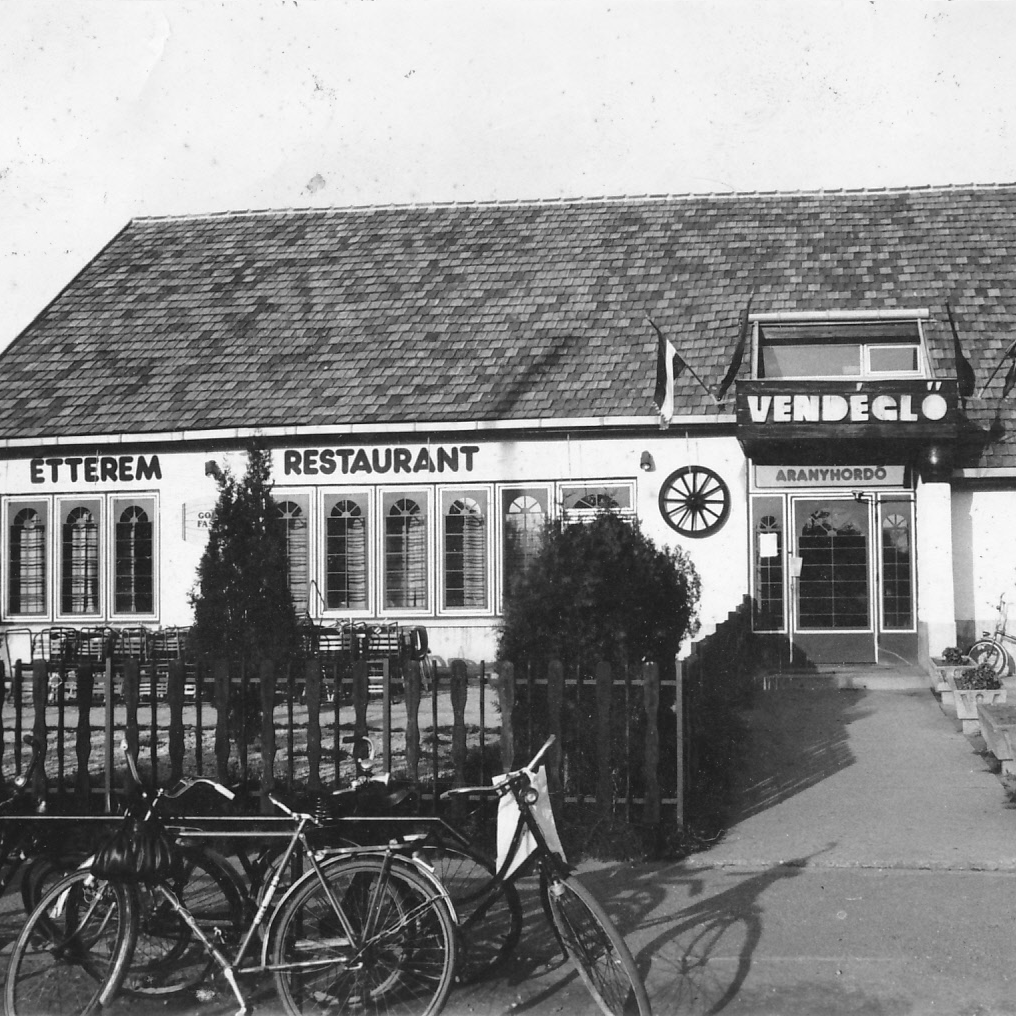
1980
ARANYHORDÓ
After the refurbishing of the renowned Lökkös Restaurant, the newest restaurant of the municipality opened.
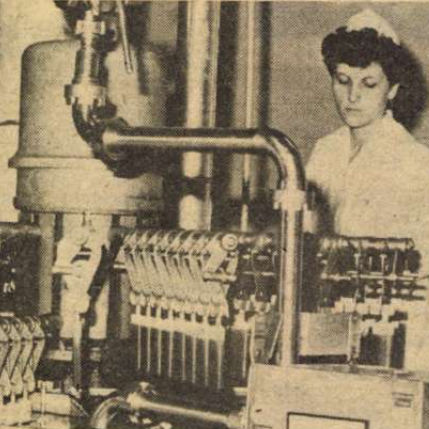
1985
ICE CREAM FACTORY
As the result of one of the most significant investments in Vas county in the 1980s, the ROLL ice cream factory started its operation.

1994
SUPERMARKET
Due to the increased needs of the guests, a shopping mall was built on the spa side of the town.
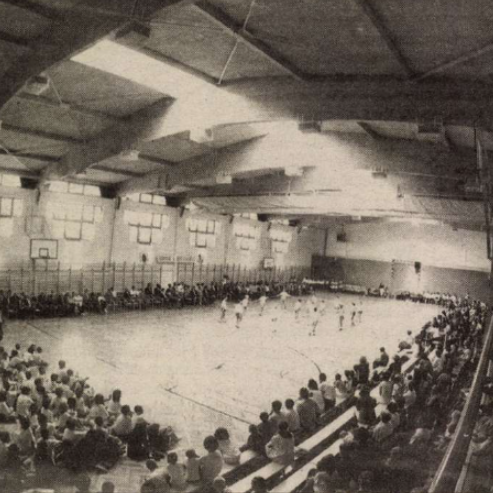
1995
SPORTS STADIUM
The settlement’s sports stadium was ceremonially inaugurated, and it has since been used by many top athletes.

1996
ELECTRIC LIGHTING IN THE STADIUM
The electric lighting of the sports field was inaugurated with the guest appearance of the football team Ferencváros, a participant in the Champions League.

1999
NESTLÉ
Nestlé’s new pet food factory was inaugurated on the settlement’s border, which meant a major step in the life of the municipality.
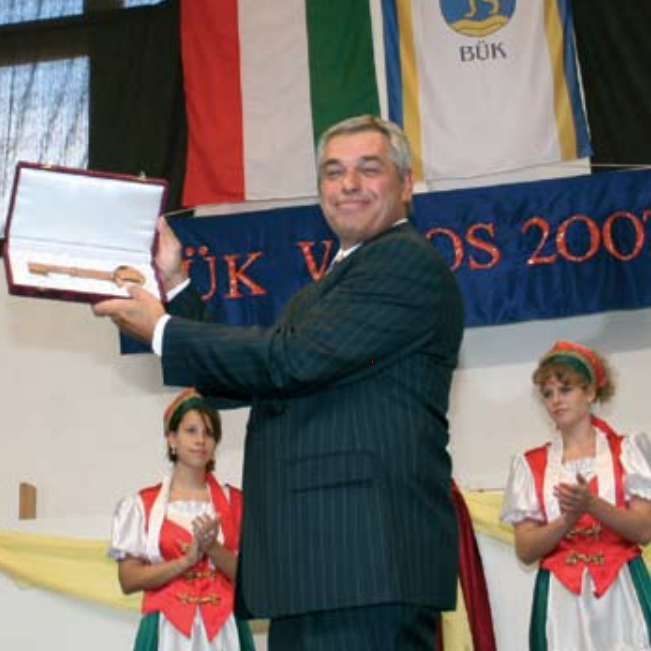
2007
BÜK BECAME A TOWN
The municipality of Bük was granted township by the President of Hungary, making the spa town the 11th town in the county.
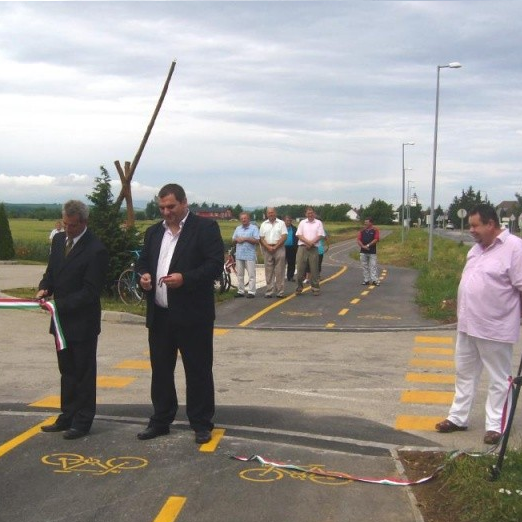
2011
BICYCLE PATH
The Thermal bicycle path’s new section of almost four kilometers between Bő and Bük was opened.
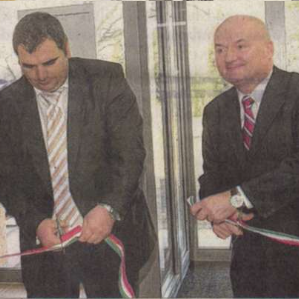
2012
NEW TOWN HALL
The administrative center moved to a new location that is more worthy to the town status. After the opening, locals started using the new town hall right away.
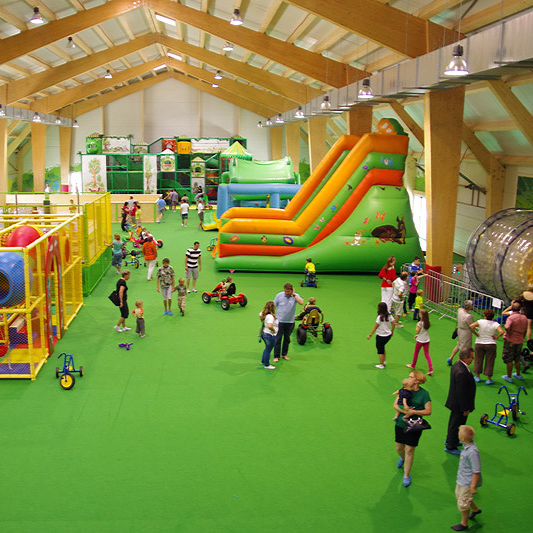
2013
NAPSUGÁR PLAYHOUSE
The huge playhouse of 3,100 sqm was inaugurated as part of a gap-filling investment next to the old quarry lake.

2014
FISHING LAKE
The newest highlight of Bük’ tourism offer benefitted freshwater anglers: the building and its surroundings—formerly used as a slaughterhouse, then later as a shooting range–were refurbished.

2017
GOVERNMENT CUSTOMER SERVICE OFFICES
On the 10th anniversary of Bük becoming a town, the new local government customer service office was opened.

2020
ST. CLEMENT CHURCH PARK
The church park, in addition to its touristic function, also having religious and historical role and botanical value, was rebuilt.
Our beloved town: Bük
Although the first written reference to the settlement in Vas county—that was granted township in 2007—dates back to the 13th century, 1957 was the year in its history that changed the lives of Bük’s residents the most.
The development during the 19th and 20th century may be called the “sugar factory period,” since the factory played a key role in the economic life and social development of Bük.
After its closure in 1917, mass emigration began, and exactly 40 years had to pass until the fortunate coincidence that opened a new chapter in the lives of the locals.
Needless to say, any other mineral resource would have been valued more at that time, yet—maybe because of the memory of the monarchy’s bathing culture—there was hope of building something big.
Who would have thought that such a success story was about to begin?
Prospecting and drilling took place in many parts of Hungary, and spas of various sizes were built, but, in many places, the establishment or the success of spa complexes hit a dead end.
Fortunately, it was different in Bük.
The following decades of the spa town were marked by continuous development and renewal. Hotels, restaurants and different tourist attractions were built to serve the needs of the guests comprehensively; all of which together with the traditional hospitality of the people in Vas county created a unique and special Bükfürdő that became famous throughout Europe.
The desire for development and improvement has always characterized the approach of the town’s leaders and entrepreneurs.
Vibrant festivals, modern saunas and spas, an adrenaline-filled adventure park and the best thermal water in Hungary. These are just a few of the unforgettable attractions that guarantee the perfect relaxation and rejuvenation for all ages, making the stay in Bük unforgettable.
Today, Bük makes excellent use of its favorable geographical location, its good accessibility and its proximity to Győr, Szombathely, Sopron and Austria.
